Blisters appearing on the mouth, inside the mouth, or inside the nose are also known as cold sores. These sores are triggered by a viral infection caused by herpes virus type 1. This virus is transferred through physical contact with the saliva of the infected people or through skin contact with people who already have herpes. Usually, people get infected with this virus before they are 10 years old.
Herpes and Blisters
Once a person gets infected by cold sores, a fever, headaches, nausea, and vomiting may occur, along with painful, open sores in the mouth area. However, when symptoms disappear, the virus subsides and becomes dormant inside the body of the host, waiting for adequate conditions to perform another outburst.

Since blisters, which are the main signs of cold sores, appear when the immune systems of certain individuals are compromised, people with diabetes are quite prone to these health problems. Before blisters appear, tingling, itching, numbness, and tenderness may affect the area. When these symptoms evolve into blisters, pain appears too. Then, blisters burst, resulting in cold sores, covered in crusts. Once crusts fall off, cold sores disappear.
- Cutaneous manifestations of diabetes are present in 30-70% of patients. Bullous eruptions are not as common as bacterial and fungal infections, but the incidence is high enough to warrant a periodic review of the varied causes.
- Bullous diabeticorum, also known as bullosis diabeticorum, presents as spontaneous eruptions of tense, serous, and sterile fluid-filled blisters on otherwise normal skin of patients suffering from diabetes mellitus. They appear most frequently in the acral region: with the feet, and at times hands, being the most common.
- The blisters appear abruptly, without history of trauma, pain, signs of inflammation, or any further symptoms. Reported blisters have a significant variance in size, from 0.5 to 10 cm. They tend to have a self-limited evolution, with reepithelization of the blister floor occurring rapidly within a few days and most resolving in 2-6 weeks without scarring.
- However, most cases will reoccur. The actual incidence of bullous diabeticorum remains uncertain, with studies presenting an annual incidence in patients with diabetes of 0.16-0.5% (1 in 200 to 625 patients).
- No specific laboratory test exists for the diagnosis of bullous diabeticorum, leaving it as a clinical diagnosis of exclusion. It is important to exclude other known bullous conditions; however, due to the increased risk of infection in diabetic patients, particularly in the lower extremities, biopsies should only be performed in recurrent cases.
- With the treatment, course, and prognosis being so different from other immune, ischemic, or neuropathic lesions of diabetic patients, it is critical to perform an adequate workup. For example, a misdiagnosis of bullous pemphigoid or pemphigus would result in treatment with high dose corticosteroids, likely increasing risks and exacerbating the underlying diabetes mellitus.
Treating Blisters in Diabetics
In more than 33% of cases of diabetes, patients have some types of skin disorders which go hand-in-hand with their condition. Diabetic blisters usually appear on the fingers, hands, feet, and legs, as well as forearms of diabetics, being painless and disappearing on their own in a matter of weeks. The easiest way of keeping these blisters at bay is by controlling and maintaining your optimal blood sugar levels.
Also, diabetics are prone to developing blisters from ill-fitting shoes. If this happens, they can help themselves by following the steps mentioned below.
First of all, wash the blister gently by using mild soap and warm water, patting the surface dry with a clean towel afterward. Next, take a needle and rub it with alcohol to keep it free from germs. Once you have done this, pierce the blister carefully, creating a hole. Then, press the side of the needle onto the bottom of the blister and move it up so that you squeeze the liquid out of it without exposing the wound by removing the skin. When you complete this step, apply an antibacterial ointment to the blister and cover it with a sterile, loose bandage.
However, to keep yourself free from blisters, avoid wearing ill-fitting shoes. Also, if the blister you are having starts behaving abnormally, turning red, oozing, or smelling bad, seek medical assistance.




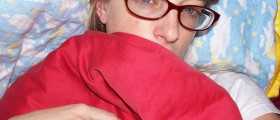

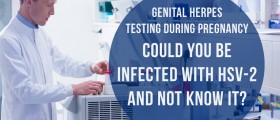

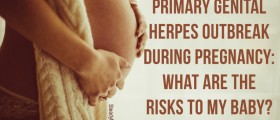


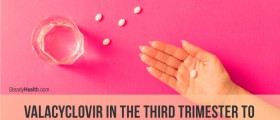
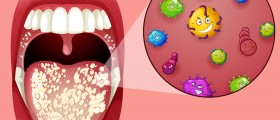

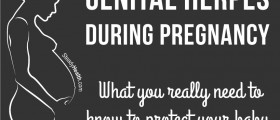

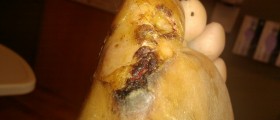
Your thoughts on this
Loading...